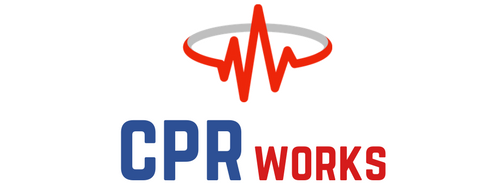Bones – the dense, semirigid, porous, calcified connective tissue forming the major portion of the skeleton of most vertebrates, consisting of a dense organic matrix and an inorganic, mineral component
Fun Facts About Your Bones
- there are 206 bones in your body — you start with about 300 bones at birth and they fuse together as you grow
- the manible is the only moving bone in the skull
- almost half of all the bones in your body are in your hands and feet
- the hyoid bone is the only bone in your throat that is jointless which means that is not attached to another bone
- the femur is the longest bone in the body connecting the pelvis to the knee
- adult bones account for about 14% of total body weight
- 14 bones make up your face
- the smallest bone in the body is located in your ear — called the stirrup — it only measure 0.1 inches
- every second, bone marrow produces 2 million red blood cells
- we are about 0.5 inches shorter in the evening than in the morning due to the cartilage being squeezed while standing and sitting
- the collagen in bone constantly replenishes itself so you get a new skeleton about every 7 years
- cracking your knuckles will not increase your risk for developing arthritis
- bones look spongy on the inside and filled with lots of air
The bones are a very important living connective tissue in your body because they help protect your heart and lungs.
Sources:
BLS Fact of the Week
In infants, the leading causes of death are congenital malformations, complications of prematurity, and SIDS. In children over 1 year of age, injury is the leading cause of death. Survival from traumatic cardiac arrest is rare, emphasizing the importance of injury prevention in reducing deaths.
Motor vehicle crashes are the most common cause of fatal childhood injuries; targeted interventions, such as the use of child passenger safety seats, can reduce the risk of death.
ACLS Fact of the Week
The importance of diagnosing and treating the underlying cause of VF/pVT is fundamental to the management of all cardiac arrest rhythms. As always, the provider should recall the H’s and T’s to identify a factor that may have caused the arrest or may be complicating the resuscitative effort.
Class Schedule
11/29/17 @ 4:00 pm
BLS Provider
Register here for this class!
11/29/17 @ 4:00 pm
BLS Provider Skills Session
We also offer onsite training. Please call us today to schedule!
Chris – 239-292-4225
Visit our website!
Class Schedule is subject to change.
Please call if you have any questions!


